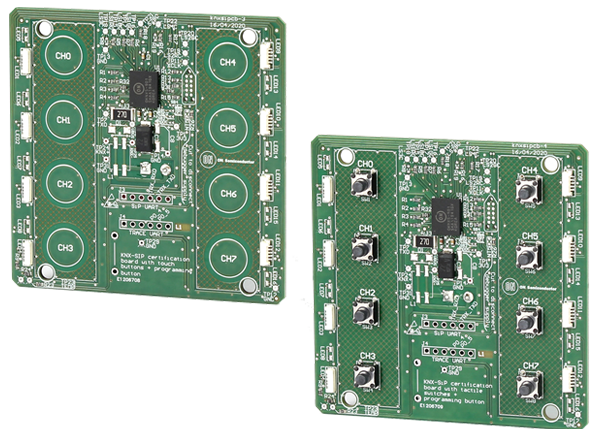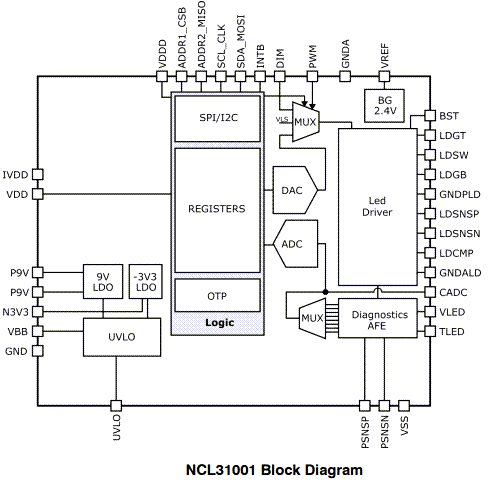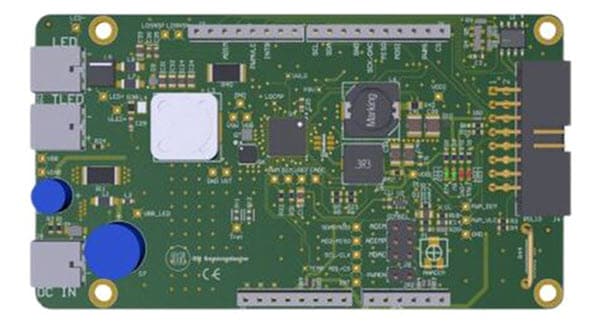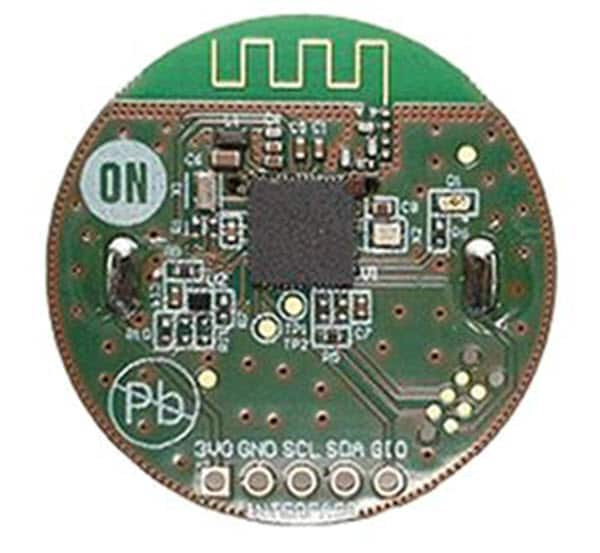Many smart things are done in factories, offices, schools, hospitals, and factories. However, commercial buildings often lack intelligence. When it comes to improving energy efficiency, tracking down resource usage, and lighting quality, there is not much data available. There are also limited opportunities for automation to take any lessons. With around one-third EU’s greenhouse emissions being linked to commercial buildings (European Environment Agency), and the need to lower maintenance costs and improve building management, smart building and lighting solutions are growing.
Deployment is easier in new buildings, as the cables and connectivity are all pre-defined on the drawing board. Retrofitting existing property is possible with great energy and cost savings.
There are many smart building solutions that pop up, but it is important to have a solid technical implementation, strong suppliers and long-term support. This is especially true for systems that will need to last for at least the next decade. KNX Association is a global standard for smart-building technology. It has 500 certified manufacturers and 8,000 products. There have been many successful deployments around the world. onsemi’s NCN5140 Evaluation boards are a great starting point for switch applications.
This system-in-package (SiP), based on the NCN5140S, integrates an Arm Cortex M0+ microcontroller and KNX transceiver. The SiP requires only a filter capacitor, Tx resistor and fan-in resistor in order to create a KNX Node. This is used to determine the node’s current classification as determined from the twisted pairs wiring.
There are two options for the evaluation board: one with mechanical buttons and one with capacitive touch. The eight RGB LEDs can be used to illuminate the buttons and touch pads. Pre-certified code controls the dimming of the eight RGB LEDs. These evaluation boards include a fully certified KNX Switch application, supported by a certified physical Layer and KNX Software stack, which are suitable for smart lighting, shutter, blind, ventilation control, and smart lighting.

Let there be light
Incandescent lamps and fluorescent tubes are long gone. The LEDs have replaced them, offering excellent lighting performance and a wide range of innovative shapes thanks to their small size. To achieve optimal performance, a driver must be smart and provide long-lasting lighting. Intelligent LED driving is possible with the NCL31000 and NCL31001 companions. They also support Intelligent Light Communication (ILC) and Indoor Positioning.

Block diagrams of the NCL3100X LED drivers (Source: Mouser Electronics)
They are dual synchronous buck, high-efficiency LED drivers that have a switching frequency of 44.4kHz to 1MHz. PWM dimming is also supported. Spread spectrum control can be used to reduce conducted EMI. The metrology capabilities of the devices include the ability to monitor the current flowing through the inductor using a current sense resistor. Additional data can also be collected, including internal voltages, currents and LED voltage. These data can be collected every 100ms and shared with a central building management system. They also include status, warning and error data. The NCL31001 is different from the NCL31000 because it does not include the internal auxiliary or 3.3V Buck converters.
Connectivity can be provided by I2C or SPI depending on the device. This makes it simple to get started using microcontrollers. An Arduino-compatible shield, the NCL31000ASGEVB evaluation boards supports up to 100W LED strings. Other microcontroller platforms can be easily supported by connecting to the SPI and I 2C pins.

The Arduino compatible NCL31000ASGEVB Evaluation Board (Source: Mouser Electronics)
Follow Your Assets
The most frustrating thing for people working in shared environments, such as hospitals or laboratories, is the process of finding equipment. Sometimes, a simple coffee break is enough to “redeploy” such items. This is often because it requires radio technology that can run for many years on one battery. Although engineers have many wireless technologies at their disposal, Bluetooth Low Energy (BLE) is the best for low-power battery operation.
Onsemi’s RSL10 is a highly integrated system on-chip that addresses the low-power requirements of such applications. It also has Bluetooth 5.2 connectivity. The 2.4GHz radio transceiver is also available for use in other low-power wireless protocols. The device’s Arm Cortex M3 processor is at the heart of it. It has a deep sleep current of 50nA or 300nA and 8kB RAM retention at 1.25V voltage. Firmware can be also updated Over The Air (OTA). This device is already used in asset tracking applications in hospitals to prevent equipment theft and hoarding. Staff can save considerable time searching for medical equipment, which results in improved patient care and financial savings. This can be combined with machine learning at the back end to provide a better understanding about staff needs, equipment usage, and predictive maintenance.

The RSL10 features in this SECO-RSL10-TAG-GEV asset tag evaluation kit. (Source: Mouser Electronics)
Ethernet Supplies Power
Wireless is the best solution for most applications. However, there are other power-hungry options, like digital signage for conference rooms and meeting rooms, PTZ cameras or lighting systems. This latter uses lighting control and occupancy sensors (such as PIR) to reduce power consumption. It turns off lights in empty rooms by combining lighting control with the occupancy sensor. These devices can be connected to building management system systems using Power over Ethernet (PoE) and provide energy monitoring data and occupancy data.
Onsemi’s NCP1095 is designed for Powered Devices (PD), which are components that consume current in PoE. It provides all the necessary information to create IEEE 802.3af/at compliant equipment. The device can be used for applications up to 90W. It provides detection signature, classification handshaking and inrush current limitation. Support for Maintain Power Signature (MPS), pulses, allows developers to create PoE nodes that have very low standby power modes. The NCP1095 includes an auxiliary supply detection point to reduce the cost of materials. This allows devices to be connected to non-PoE networks by using a separate power adapter.
The NXP1095 offers an assigned power level of up to 90 W for PoE applications while supporting non-PoE installations through an auxiliary power supply. (Source: Mouser Electronics)
Building automation is crucial to architects and builders who are under increasing pressure to create energy-efficient commercial properties. Building managers can not only monitor their power consumption, but they can also explore ways to improve efficiency with the right software. KNX and NCN5140S offer the industry support needed to ensure that the standard is supported today and in the future. LED drivers can implement energy monitoring to improve efficiency with intelligence and monitoring, such as NCL31000/1.
Buildings are becoming smarter
Low-power SoCs like the RSL10 make it possible to use Bluetooth to locate expensive equipment within buildings. This increases efficiency and gives insight into where bottlenecks are. The NCP1095 PoE device allows ethernet to be used when more power is needed.


